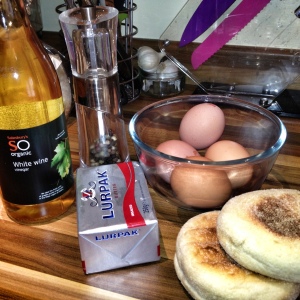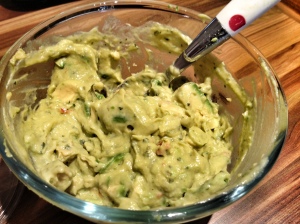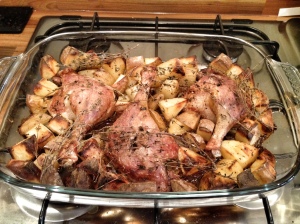The first thing to note is that you may (and I definitely do) need a bit of practice before you can make this look good. The reasons being this recipe involves poached eggs and a butter-based sauce that is more prone to curdling than a child is to eating sweets when unattended.
Having said that, the ultimate body of knowledge herself, Delia, has given guidance on navigating both these challenges and I testify that if you follow the recipes below properly they do work. Tip, do not use a whisk – don’t even think about getting it out for this recipe; modern hand blenders work a lot faster than your wrist can.

Start by making the Hollandaise Sauce:
Ingredients:
- 2 tbsp white wine vinegar
- 1 tbsp lemon juice
- 2 egg yolks (separate from the whites and save them for a meringue later)
- 100g butter
- salt and pepper
Recipe:
- In a small saucepan heat the vinegar and lemon juice together until bubbling. Whilst this is heating up, pour the egg yolks into a hand blender and blitz for a minute with a pinch of salt and a couple of turns of freshly ground pepper.
- Turn the blender back on and then slowly pour the acids into the egg yolk.
- In the same saucepan that you used to warm the vinegar/lemon juice, melt the butter. Do this over a gentle heat until it starts to bubble – don’t let it burn.
- Turn the heat off, an turn the blender back on, then very slowly pour the melted butter into the egg mixture, blitz for another minute and set aside.
In my haste to get this blog written, I just tipped the vinegar and butter into the blender and you’ll see my Hollandaise has curdled somewhat, so disregard the recipe at your own peril.
For the poached eggs, the trick is to use water that is as still as possible. I also use a deep frying pan instead of a saucepan as there’s less distance for the eggs to fall (and hence fall apart). Fill a saucepan 3/4 full of hot water and bring to a boil until little bubbles start appearing at the bottom of the pan, then turn the heat down.
As you want the water to be as still as possible, crack the eggs on the work surface and then bring as close to the water as possible before gently tipping in (in one go). I wouldn’t suggest poaching more than 4 eggs in one go until you’re a pro as the white will naturally sprawl out in the pan anyway. Boil for 1 minute exactly using a timer. Turn the heat off completely and leave the eggs to poach in the water for another 10minutes. By this point all the white will be completely cooked but the yolk will still be perfectly soft. You will need a gently touch to get them out the pan – again no vigorous movements.
Serve the poached eggs on toasted muffins and pour the Hollandaise generously on top. This goes very nicely with bacon/pancetta if you have any in.















